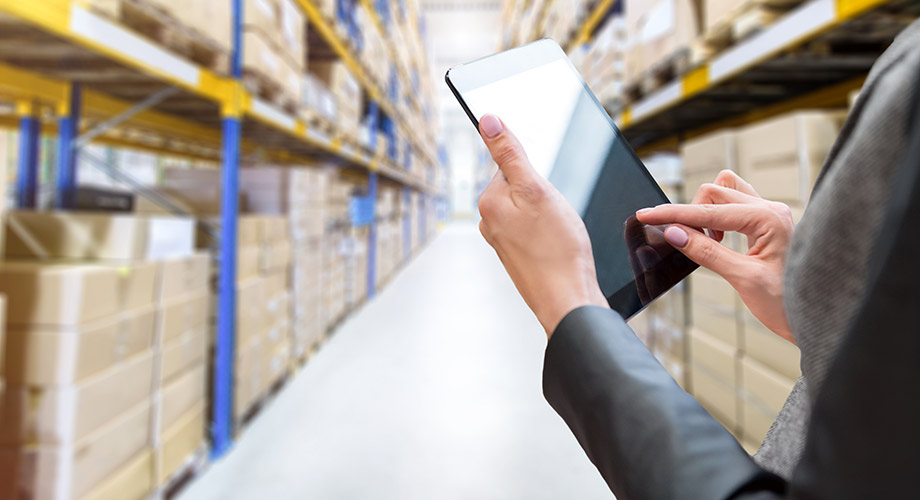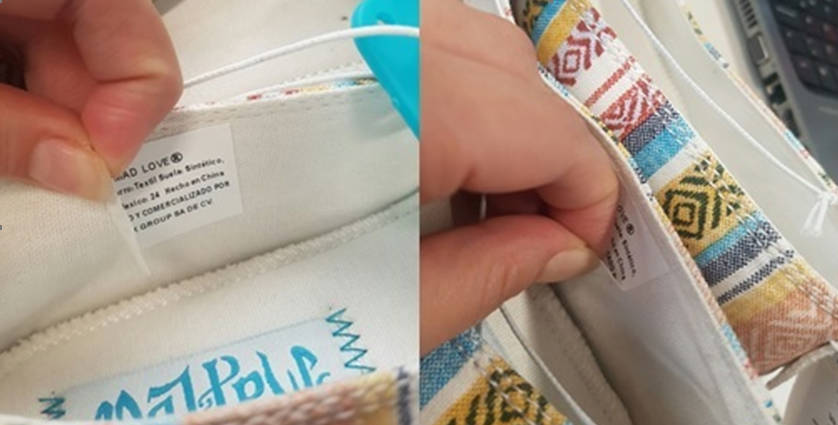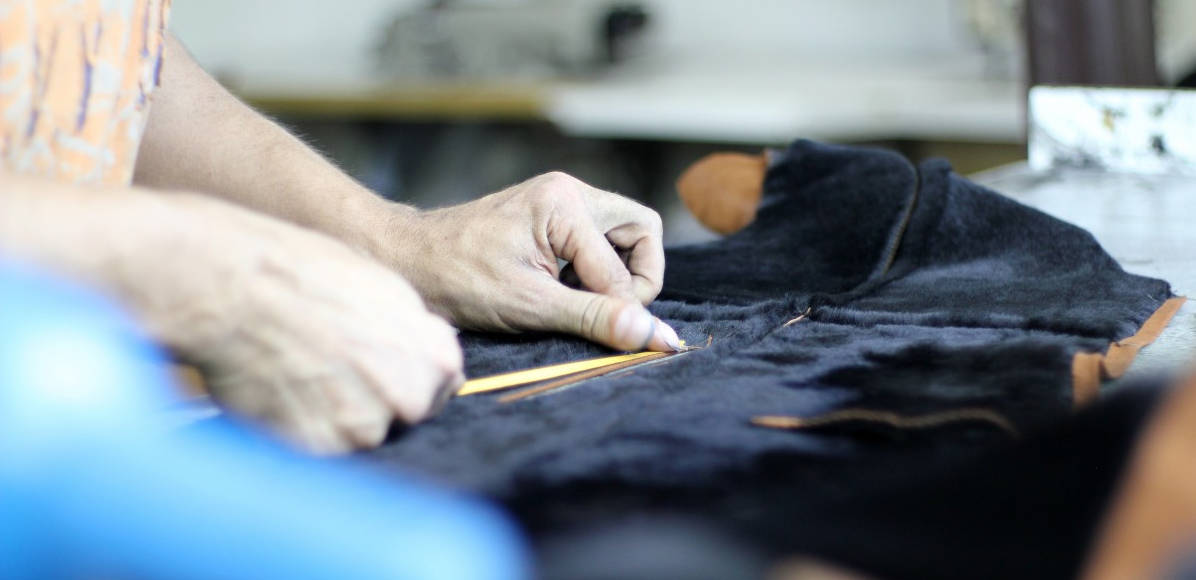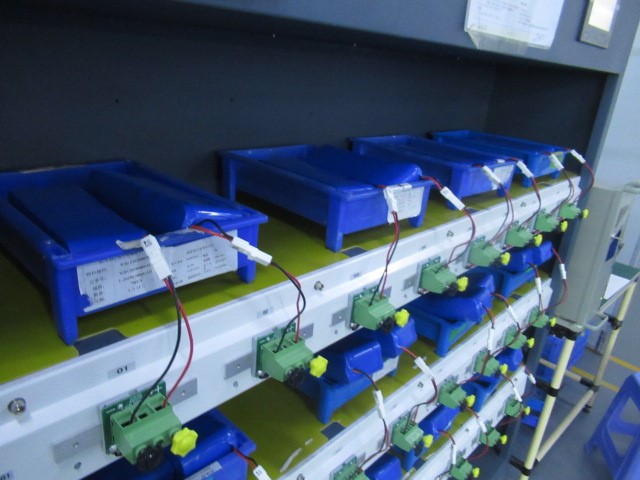
In today’s competitive global market, sanitary ware products—including toilets, wash basins, faucets, and showerheads—must meet not only high expectations from customers but also strict regulatory requirements, especially when entering the European Union (EU).
For manufacturers, exporters, and importers, conducting sanitary ware inspections is essential to ensure quality, safety, and EU compliance before shipment.
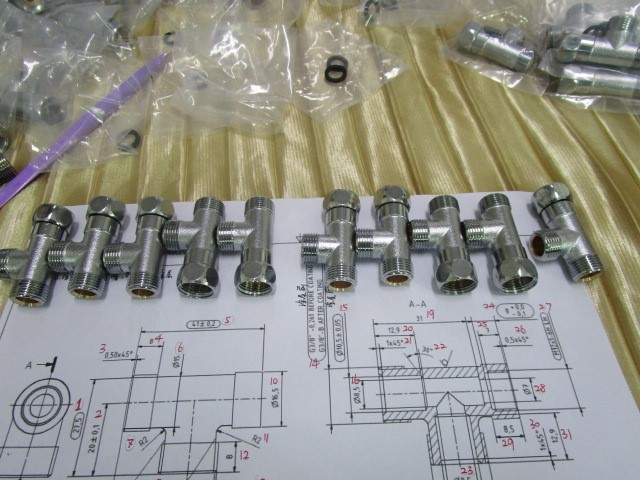
Contents
The Importance of Sanitary Ware Inspection
Sanitary ware plays a crucial role in hygiene and comfort. However, poor-quality products can cause:
- Water leakage and wastage
- Short product lifespan
- Customer complaints and returns
- Legal issues due to non-compliance
Third-party inspection services help detect these issues early, ensuring your products meet specifications and function properly before reaching the market.
What is Checked During a Sanitary Ware Inspection?
A standard inspection of sanitary products includes:
- Visual Inspection: Look for cracks, defects, surface finish, and color uniformity
- Dimensions: Ensure correct size and fit
- Functionality Tests: Flushing, water flow, faucet performance
- Water Tightness: Leak test for toilets and faucets
- Surface Testing: Glazing smoothness, corrosion resistance (for chrome surfaces)
- Packaging Check: Label accuracy, protective packaging, shipping marks
Each of these checks helps prevent costly issues during installation or use.
Understanding EU Sanitary Ware Requirements
To sell bathroom products in the European market, manufacturers must comply with several EU directives and EN standards:
🔹 CE Marking
Products that fall under certain directives must carry the CE mark, proving they meet essential EU safety and environmental requirements. This applies to:
- Smart toilets (electrical components): LVD, EMC, and RoHS compliance
- Building-integrated products: CPR (Construction Products Regulation) compliance
🔹 Key EN Standards for Sanitary Products
Different EN standards apply to various sanitary ware types:
| Product Type | Standard Code | Description |
|---|---|---|
| Toilets & Cisterns | EN 997 | Performance and flushing efficiency |
| Wash Basins | EN 14688 | Functional and structural requirements |
| Bathtubs | EN 232 | Size, shape, and strength |
| Faucets & Mixers | EN 817 / EN 1111 | Mechanical performance and safety |
| Faucet Coatings | EN 248 | Corrosion and surface resistance |
Complying with these ensures long-term durability and performance.
🔹 Drinking Water Approvals (By Country)
Some EU member states have specific national approvals for products that come into contact with drinking water:
- Germany – KTW/W270
- France – ACS
- United Kingdom – WRAS
These confirm that materials used in faucets, pipes, and other fittings are safe for human health.
How Third-Party Inspection Supports EU Compliance
By using independent quality control services, suppliers and buyers benefit from:
- Pre-shipment compliance assurance
- Lower risk of border rejection or product recall
- Professional EN standard-based testing
- Confidence in packaging and labeling accuracy
- Fewer customer complaints, better brand reputation
Inspection reports also serve as documentation during customs or regulatory reviews.
Final Thoughts
For any business exporting bathroom products to Europe, meeting EU compliance standards is non-negotiable. Combining product knowledge with professional inspection is the best way to ensure both quality assurance and regulatory success.
Whether you’re a manufacturer in China or an importer in the EU, working with a trusted third-party inspection partner is your key to smooth market access, fewer risks, and long-term business success.

